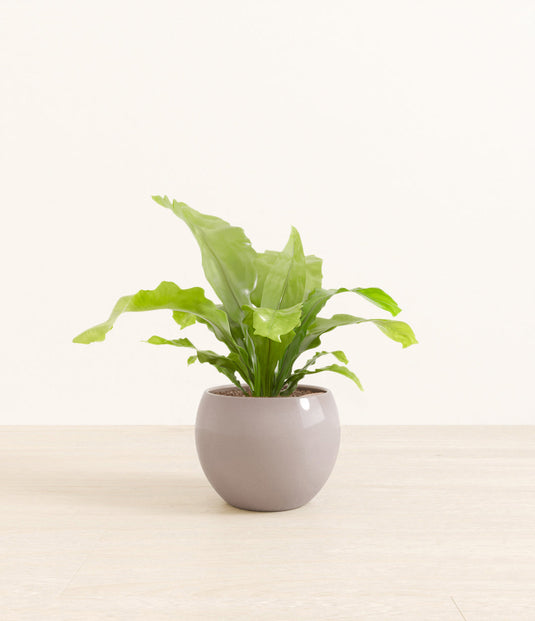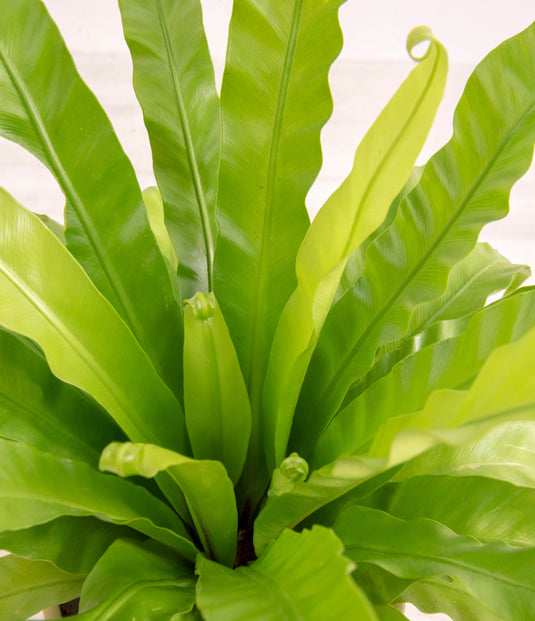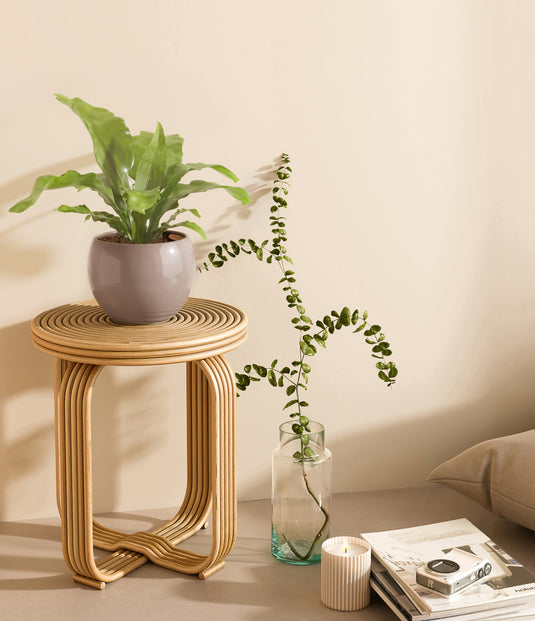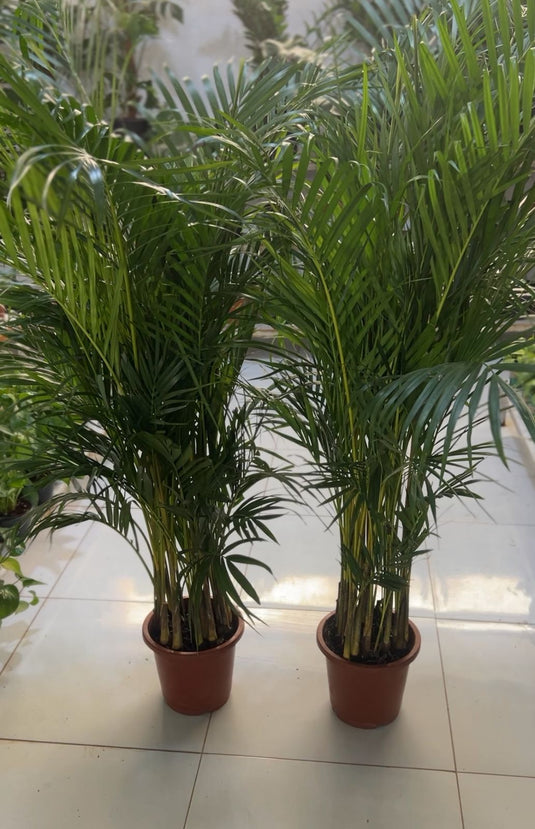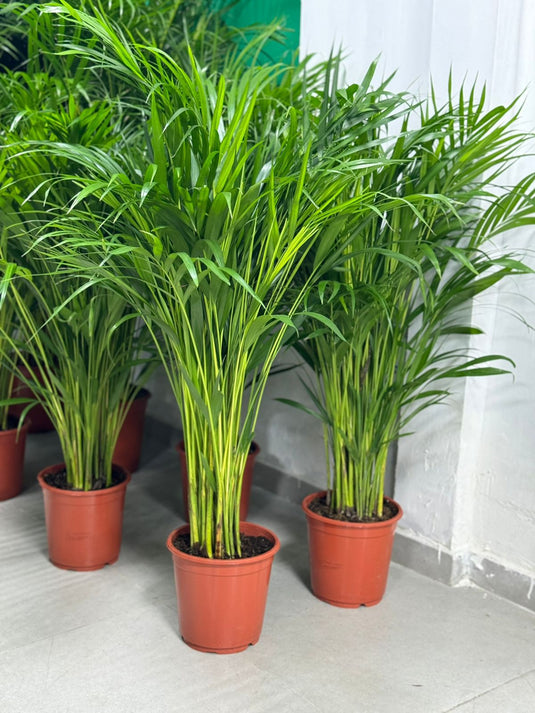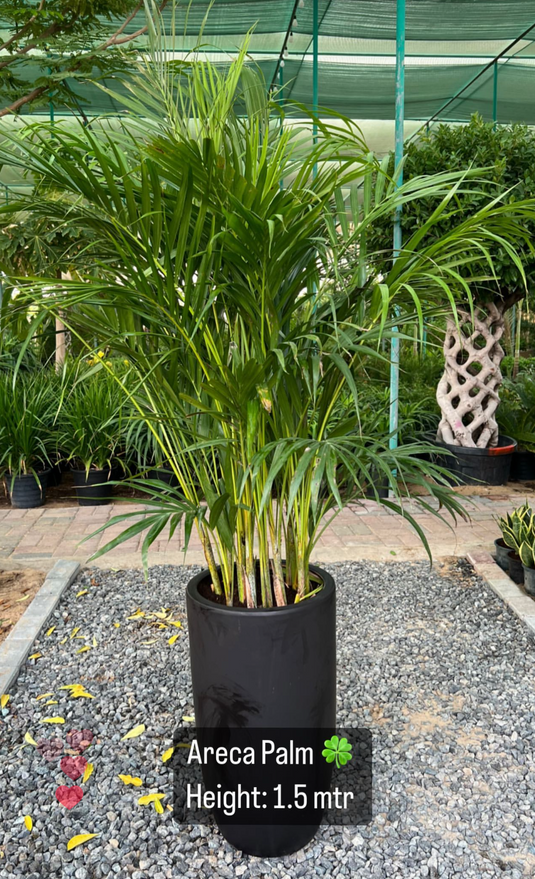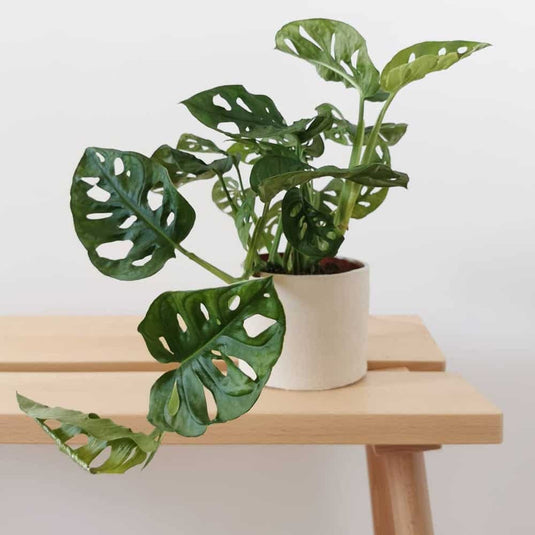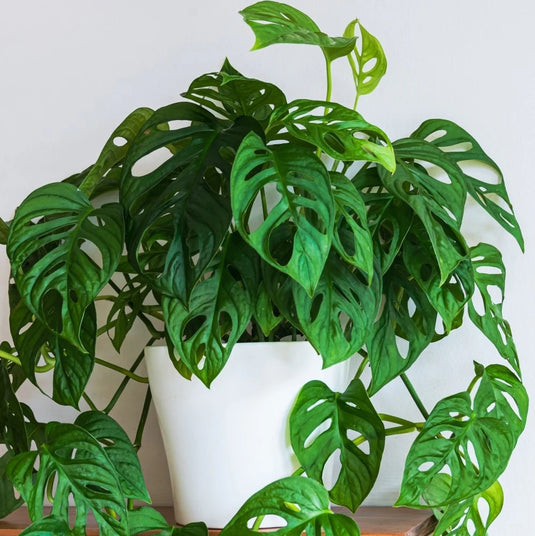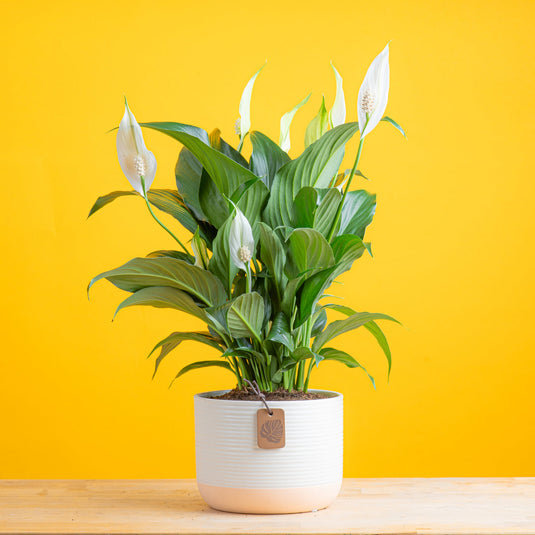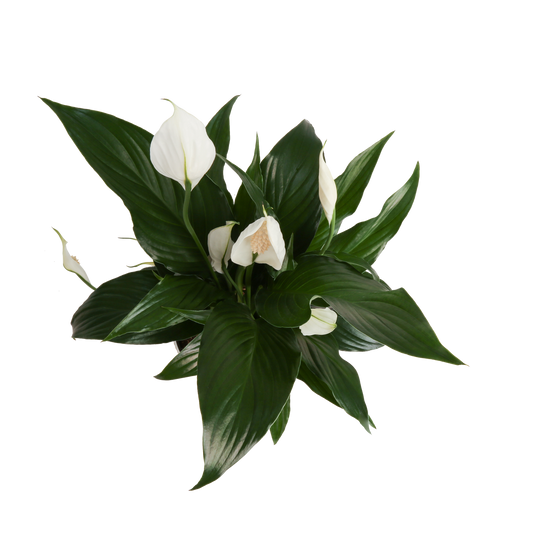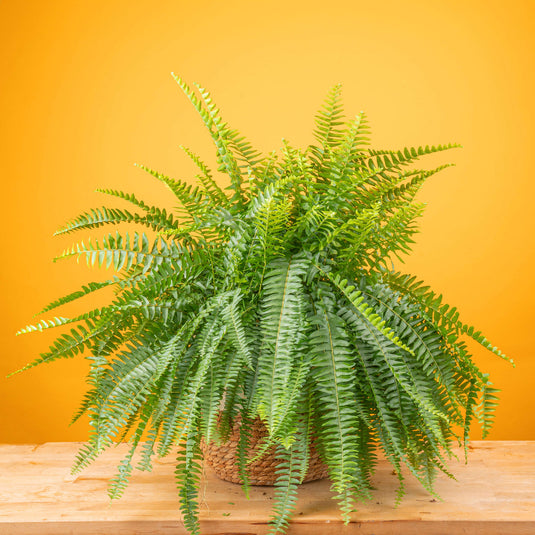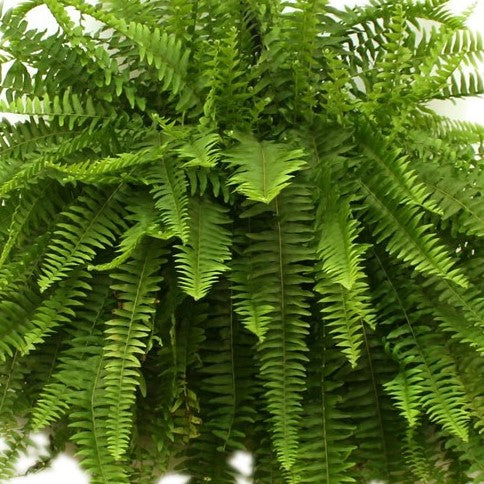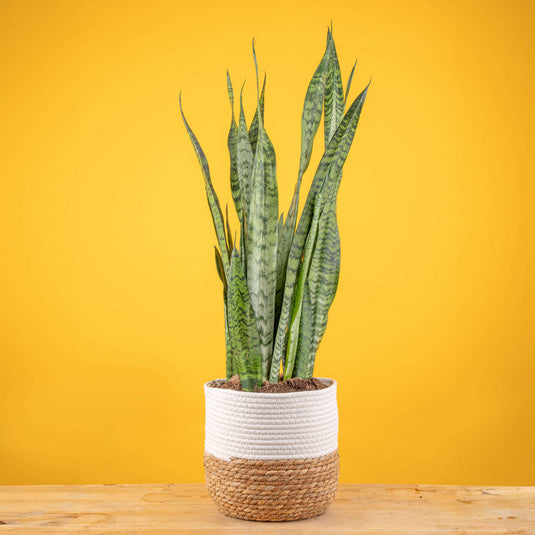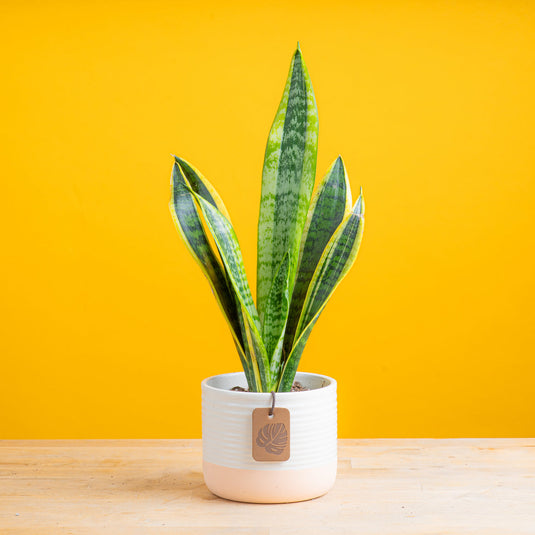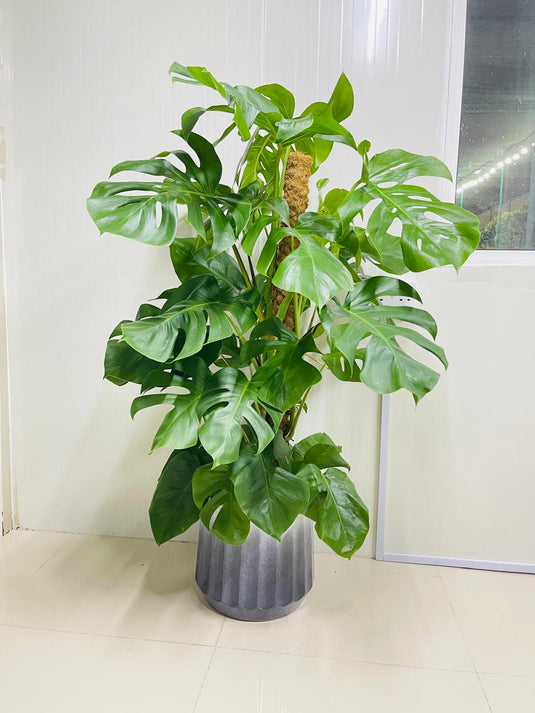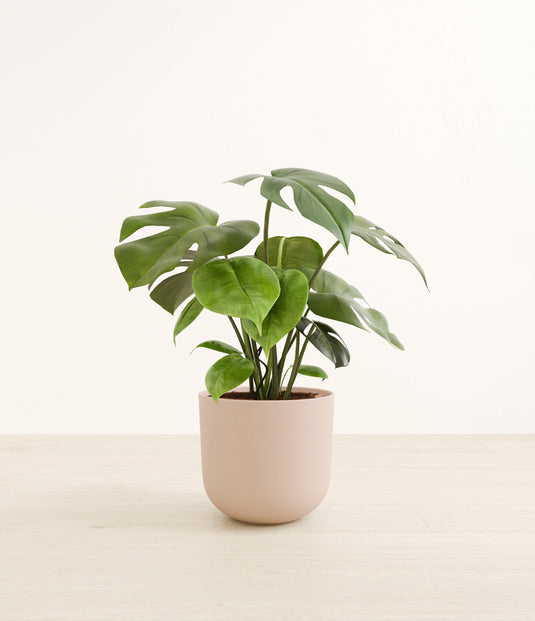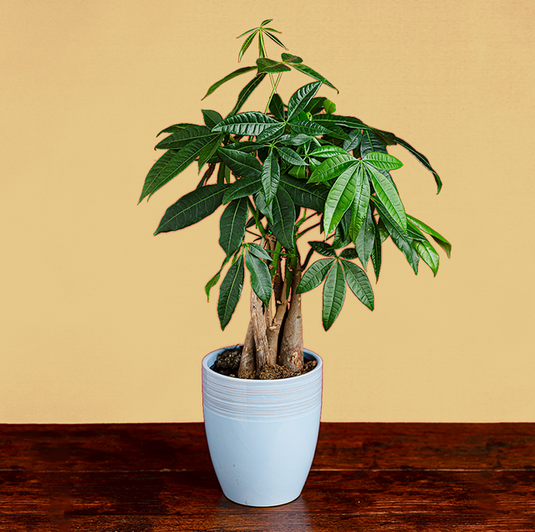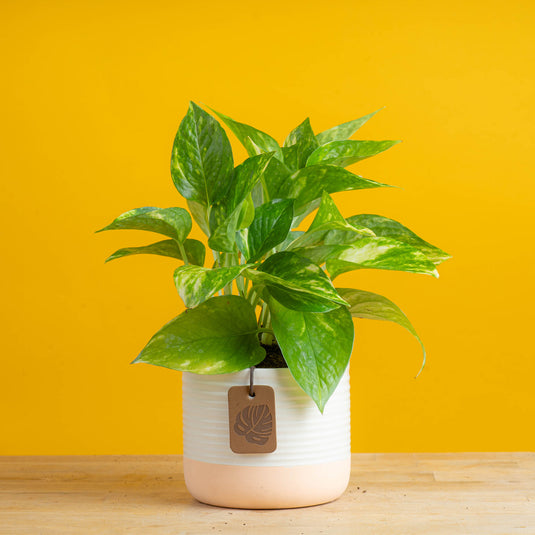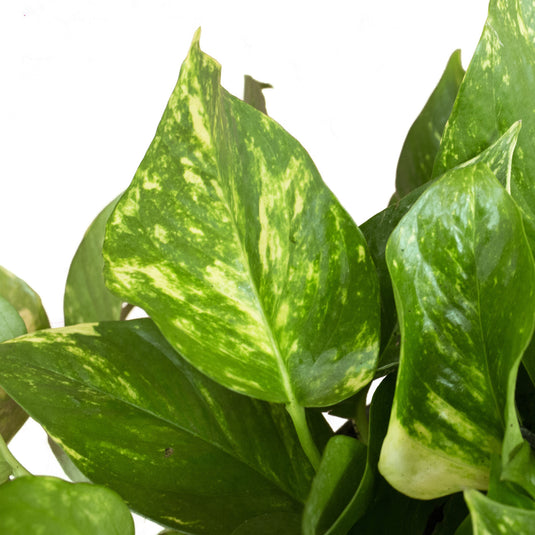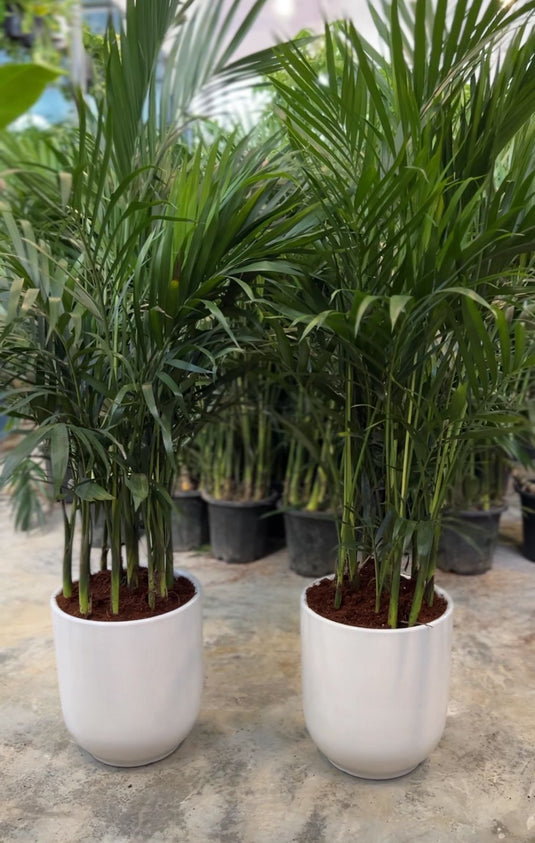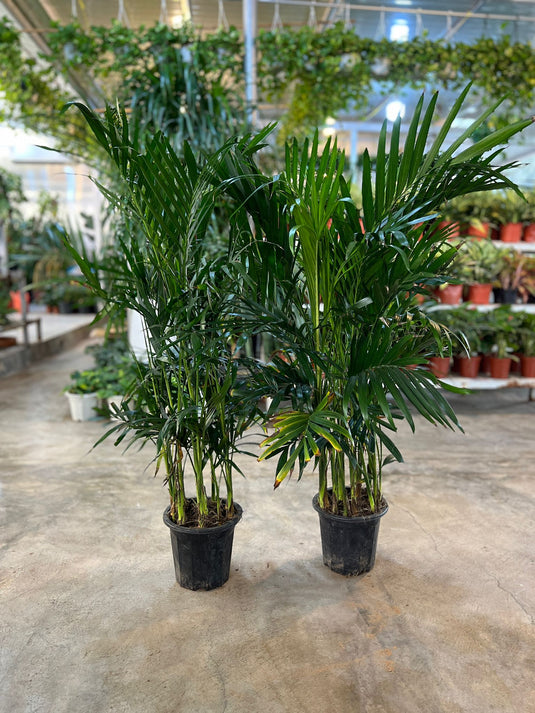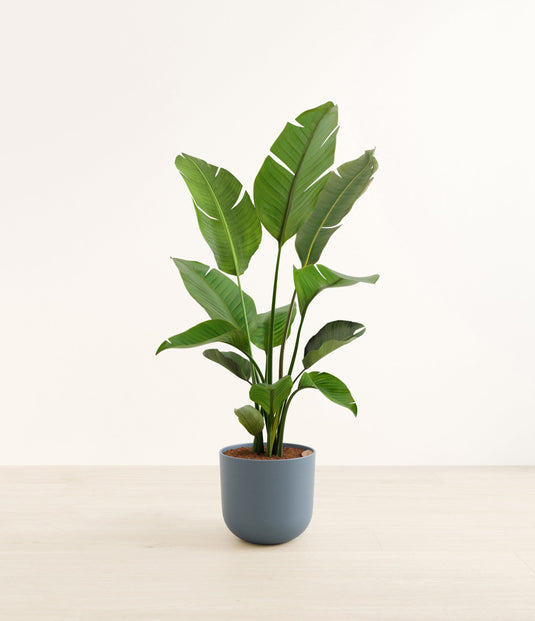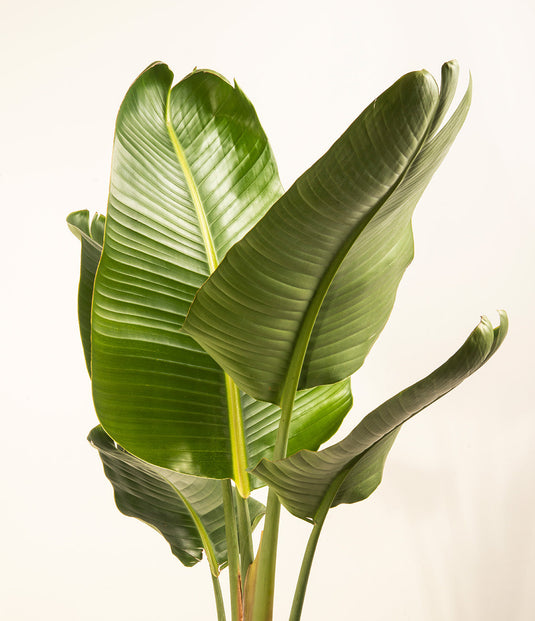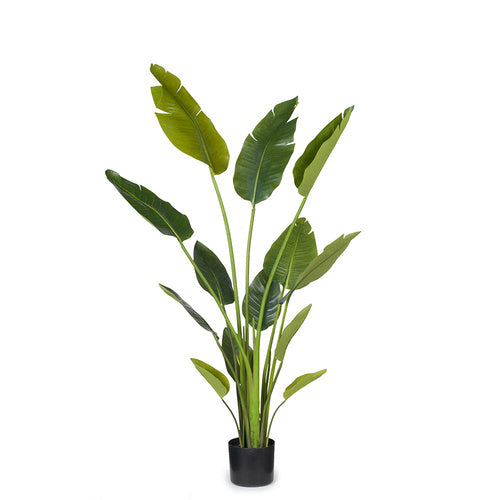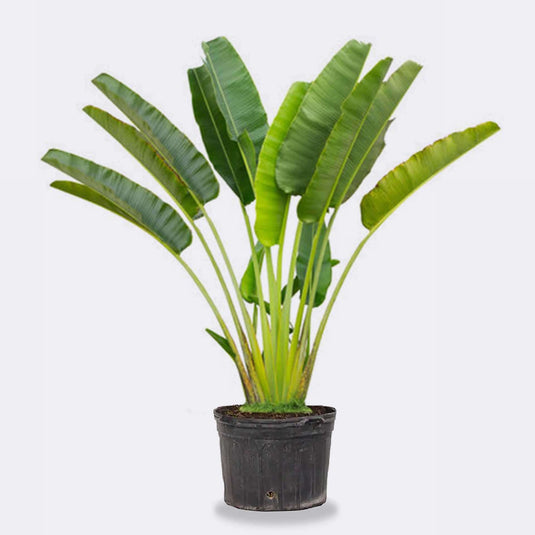Bird's Nest Fern
- Healthy Arrival Guarantee
- Free Plant Care Consultation
- Safe & Secure Payment
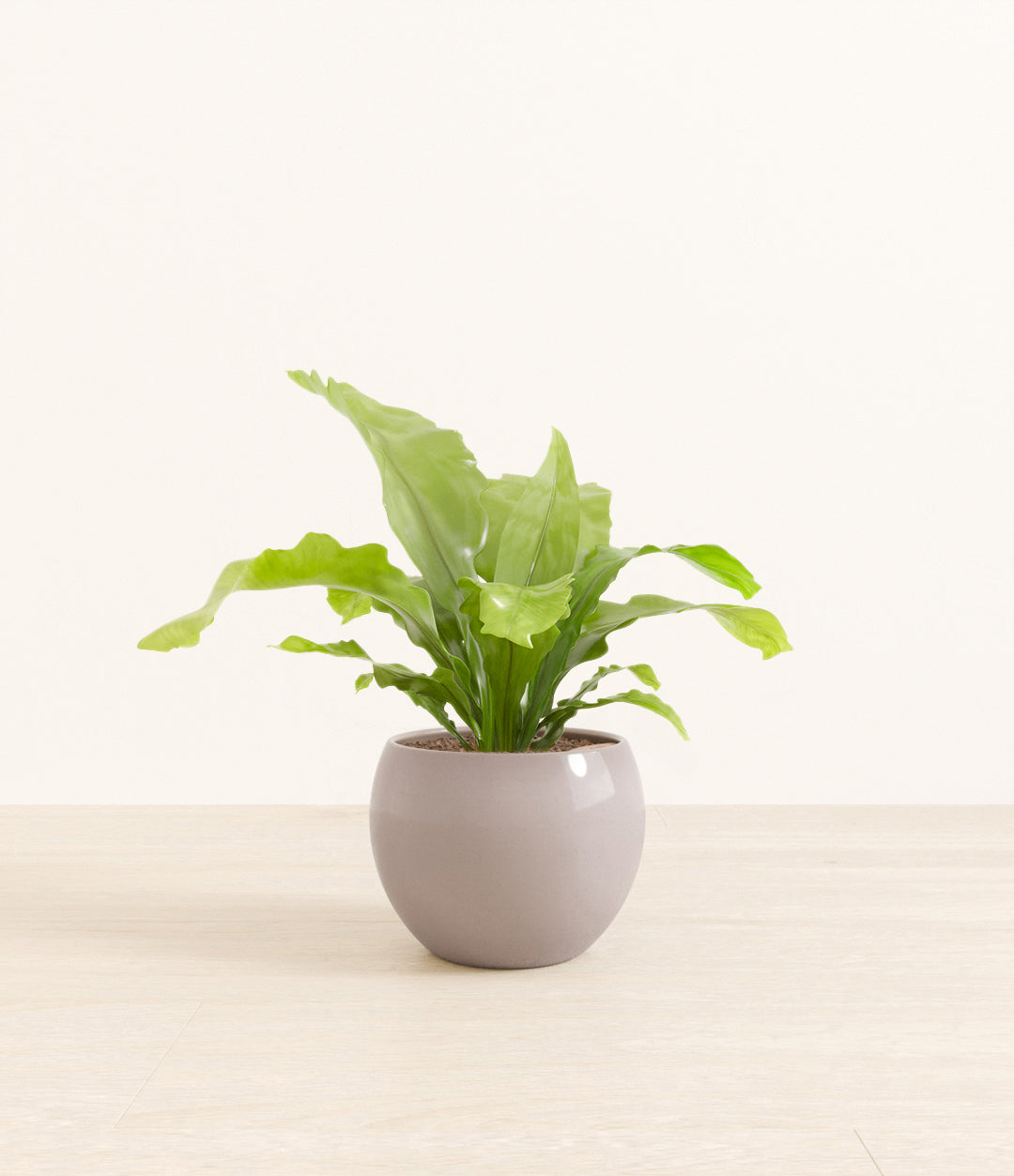
We will send you a notification as soon as this product is available again.
-
Estimated delivery: Dec 27 - Dec 31
-
Free return within 7 days of purchase.
Plant Description
The Bird's Nest Fern is a popular epiphytic plant characterized by its rosette of bright green, leathery fronds that resemble a bird's nest. The global indoor plant market, which includes varieties like the Bird's Nest Fern, is projected to reach approximately $24 billion by 2030.
5 Reasons Bird's Nest Fern is Perfect for Indoor Gardens
1. Air Purification
Bird's Nest Fern is effective in filtering indoor air pollutants. According to a study by NASA (1989), this fern can remove toxins such as formaldehyde and xylene from the air, enhancing indoor air quality.
2. Aesthetic Appeal
With its lush, vibrant foliage, the Bird's Nest Fern adds a tropical touch to indoor spaces. According to Johnson et al. (2021), the visual appeal of houseplants like this fern contributes to a more inviting and pleasant living environment.
3. Humidity Regulation
This fern naturally increases humidity levels through transpiration, making it beneficial for respiratory health. The Environmental Protection Agency (2020) emphasizes that plants can improve indoor humidity, aiding comfort and well-being.
4. Low Light Adaptability
Bird's Nest Fern thrives in low to moderate light conditions, making it suitable for various indoor environments. Brown (2018) states that this adaptability allows it to flourish even in shaded areas, increasing its usability as a houseplant.
5. Non-Toxic to Pets
Bird's Nest Fern is safe for pets, making it an excellent choice for households with animals. According to the ASPCA (2021), this fern can be included in homes without the risk of harming pets, appealing to pet owners.
Disadvantages
- The Bird's Nest Fern benefits from consistently moist soil, which may require regular attention for optimal growth.
- This fern prefers indirect light and may need careful placement away from harsh sunlight to maintain its vibrant foliage.
- To maintain its visual appeal, Bird's Nest Fern may require periodic cleaning to remove dust from its leaves, ensuring they remain healthy and attractive.
- While generally resilient, this fern can attract common pests such as mealybugs and aphids, necessitating occasional monitoring for continued health.
Frequently Asked Questions
1. Is Bird's Nest Fern easy to care for?
Yes, it is relatively easy to care for, requiring moderate watering and indirect light, making it suitable for various indoor environments. This ease of maintenance supports its popularity among plant enthusiasts.
2. Does Bird's Nest Fern improve air quality?
Yes, it effectively removes indoor air pollutants, contributing to a healthier living space. This benefit is supported by studies emphasizing the importance of plants for improving indoor air quality.
3. Is Bird's Nest Fern safe for pets?
Yes, it is non-toxic to pets, allowing pet owners to incorporate it into their homes without concern for animal health. This feature makes it an appealing choice for pet-friendly households.
4. Can Bird's Nest Fern thrive in low light?
Yes, it can thrive in low to moderate light conditions, making it suitable for indoor spaces with limited sunlight. This adaptability enhances its versatility as an indoor plant.
5. Does Bird's Nest Fern need high humidity?
Yes, it prefers higher humidity levels, which can be beneficial for maintaining indoor air quality. This preference supports its placement in areas with adequate moisture, contributing to its health.
Final Verdict: Should I Buy Bird's Nest Fern?
Yes, Bird's Nest Fern is a beautiful and beneficial choice for indoor gardening.
Plant Care
Watering
Water your plant once a week or when the soil starts to feel slightly dry on the surface. Keep the soil consistently moist, but be careful not to overwater, as this can cause brown spots and leaf drop. If the leaves become curly or dry, it's a sign that the plant needs water. It's best to water your plant in the early morning or late evening when the temperatures are cooler. Always check the soil before watering.
Light
Provide bright indoor light or indirect sunlight for about 6 to 8 hours a day.
Temperature
Maintain temperatures between 18°C and 24°C. Avoid exposing the plant to drafts, as these can cause undesirable temperature fluctuations. Mist the plant occasionally, about twice a week, to help maintain optimal humidity levels.
Fertilizer
Apply liquid fertiliser every 15 days when the plant is actively growing. For best results, use Folikraft ready-to-use Indoor Plant Food.


